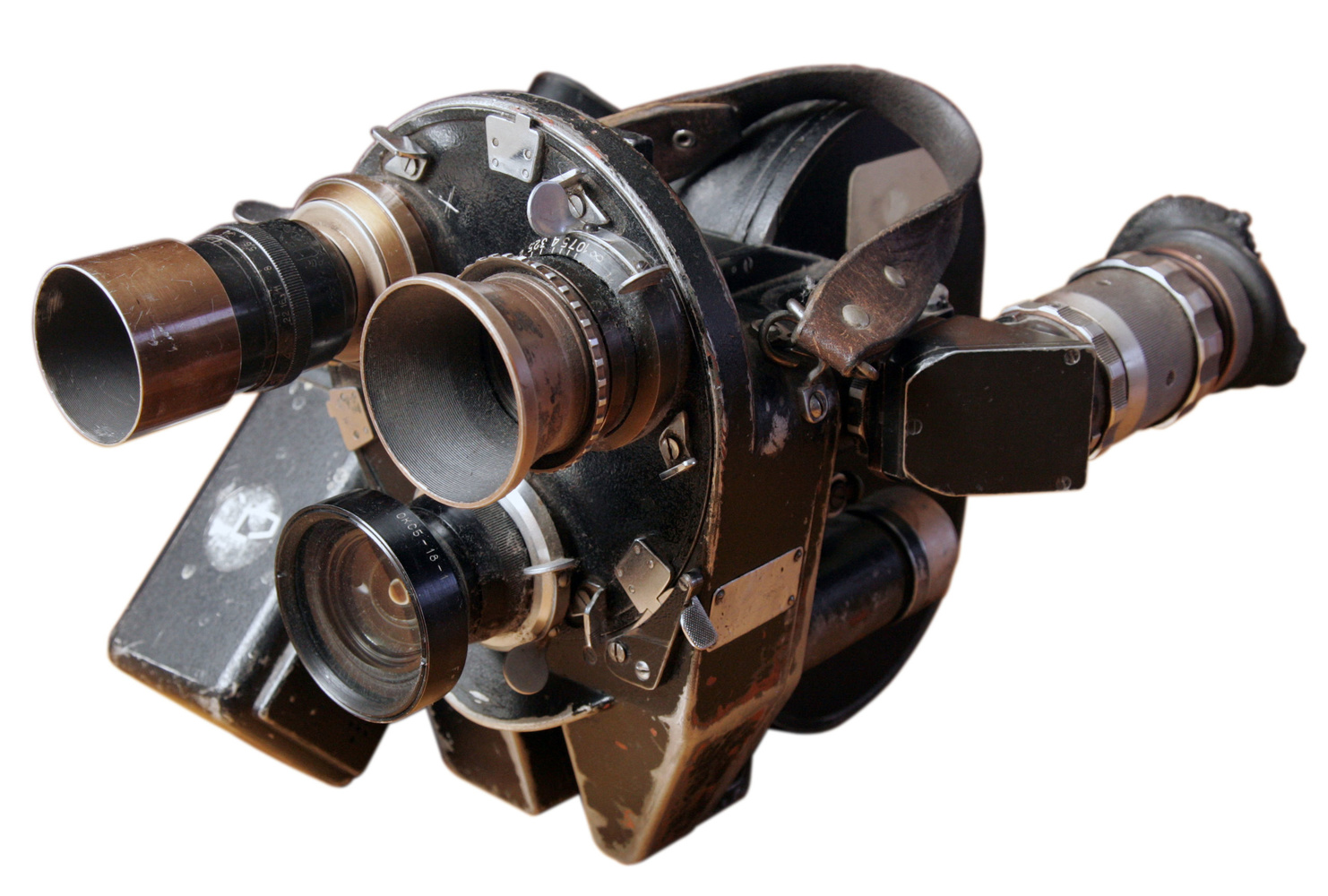Did you know that before Hasselblad became the official camera of the moon, space exploration was photographed with modified versions of simple drugstore cameras?
Everything the first humans venturing into outer space did was deemed an experiment. Including simple functions like breathing or sleeping, nobody was exactly sure how humans would react to the hostile environment of space. It’s no surprise then that traditional photography wasn’t really a part of the mission plan. In the minds of the earliest pioneers, who had time to just look around and snap some keepsakes? Neither Yuri Gagarin, Alan Shepard, nor “Gus” Grissom brought cameras into space. The astronauts themselves were filmed while in orbit in order to monitor their behavior, but there wasn’t any thought given to aiming cameras out their windows towards the heavens.
Early Vostok Flights
Without a camera, Gagarin was forced to describe what he saw,
... the visibility is excellent [...] I discern the folds of the terrain, the forest [...] I observe clouds above the earth, small, cumulus. And the shadows of them. Beautiful, beautiful.

Konvas-Avtomat from the Vostok Era, Wikimedia Commons, Runner 1616 (deactivated)
Understanding the value of images over words, the Soviets sent their next cosmonaut, Gherman Stepanovich Titov, into space with a Konvas-Avtomat modified to accept 300 meters of film.

Titov practicing with his camera, Roscosmos
After his return to Earth, color photographs of the Earth from space were printed from the film. During launch, g-force broke the exposure dial on his camera. Thankfully for all of us, Titov had practiced diligently with his camera and he was able to guess the exposure.
Early Mercury Flights
John Glenn’s Mercury mission briefing included taking ultraviolet spectrographic photos of the constellation Orion with a modified Leica.
Shortly before the launch date, Glenn picked up a Minolta Hi-Matic (licensed to Ansco as the Autoset) at a local drugstore. Glenn, working with NASA engineers, modified the Minolta to make it easier to use in a spacesuit.

Glenn's modified Minolta, NASA
You can see that the camera was flipped upside down, a pistol grip was installed, bulky shutter and advance knobs were attached, and an eyepiece was fixed onto the camera so that Glenn could use the camera with his helmet and gloves on.

Glenn's Minolta images, NASA
Although Glenn’s photos aren’t as sharp or crisp as the photos that would come from later Mercury, Gemini, and Apollo missions, they helped to keep the public onboard with the expensive space program / space race.

Glenn's Minolta images, NASA
Realizing how Glenn’s images captured the publics attention, NASA endeavored from that point forward to make traditional photography part of the mission plan. This meant that cheap drugstore cameras weren’t going to be capable enough.
It was on a subsequent Mercury mission that astronaut Wally Schirra, a shutterbug, picked up a Hassleblad to be modified for his flight. You can read about the modifications here.
I find it amusing how Shirra’s personal faith in Hasselblad started a long-time relationship between NASA and the ubiquitous camera company.
Images from NASA and Roscosmos are in the public domain.







What would be an interesting article is first digital cameras in space.
I am speaking as a Digital Imaging Engineer no doubt.
Great idea!
you took the time to put Virgil I. Grissom's nickname in quotes, so i'm assuming you would care to know that Alan Shepard's name has only 1 "P" in it.
Thanks, corrected!
I've had the displeasure of arguing online with flat-earthers before when they tried claiming that a (cropped view) image of the earth's plane from space was proof of the earth being flat. I tried explain to them that between focal length and distance, a horizon can take on a more round (or distorted curve) appearance vs flat. I doubt they understood the concept, though, since logic doesn't apply with those types anyway.
and yet you argued with them anyways, knowing up front the futility of it.
so... why?
For the same reason you responded to nitpick me -- sometimes you just can't help it ;)
What I know is that since 1971 the official camera supplier for NASA is Nikon. Just looked it up again.
Although 35mm Nikons were used on the moon, the iconic images, seem to me at least, were taken with Hasselblads. It wasn't until after the moon shots that Nikon become an official supplier for NASA. I do note that Nikon appears to have given NASA modified SLRs as early as Apollo 15.
All that being said, Nikons certainly weren't in use by NASA in the earlier Mercury launches. I'd be really interested if there is info out there saying otherwise!
Those Titov images are incredible. I've never seen the first images shot from space before. We take them for granted now but I can only imagine what it would be like to be the one developing and seeing the film for the first time.
Amazing to think what pioneers they were back then, solving problems that had never been previously encountered, literally on the fly.